NASA Juno Spacecraft beams back hypnotic images from Jupiter flyby
- This is the NASA Juno, a spacecraft that monitors Jupiter
- It has been taking photos of the planet since 2016
- Its most recent images show jellyfish-like formations
Published on Nov 08, 2024 at 1:28 PM (UTC+4)
by Siddharth Dudeja
Last updated on Nov 08, 2024 at 4:49 PM (UTC+4)
Edited by
Siddharth Dudeja
NASA has had a spacecraft called Juno in Jupiter’s orbit for over eight years now.
Thanks toJuno, we’ve been getting a steady stream of photos of Jupiter and some of its moons.
And just like these photos of Earth, they look magnificent.
The spacecraft only passes by the giant planet or one of its moons once a month, making each set of photos special.
DISCOVER SBX CARS: The global premium car auction platform powered by Supercar Blondie
Juno and Jupiter images
The spacecraft cost NASA a whopping $1 billion to develop from scratch.
It first took off back in 2016 with a mission to capture images of the gas giant and everything around it.
Ever since it reached the orbit of Jupiter, Juno has been sending raw, high-resolution images back to Earth.
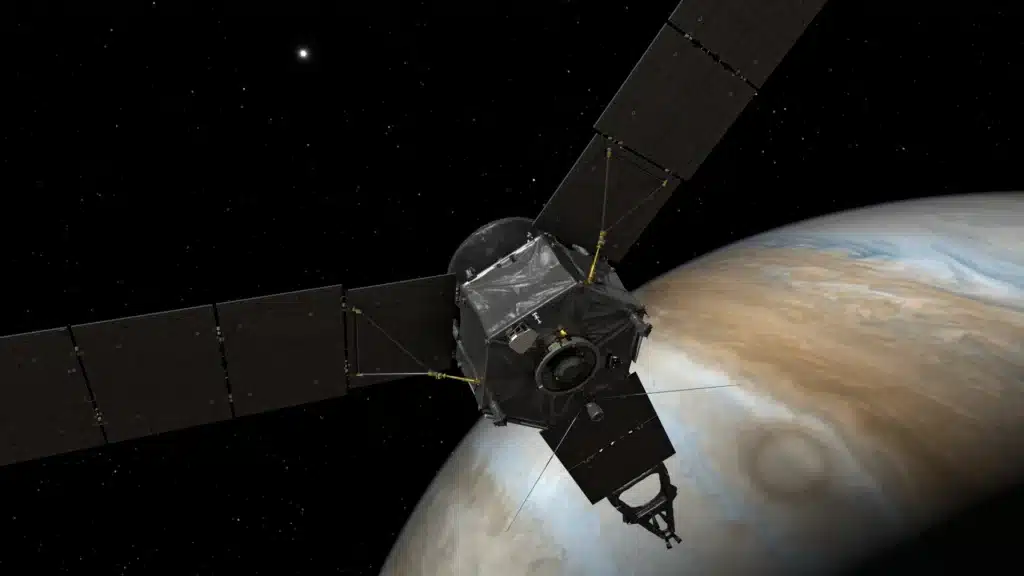
Images of the gas giant come from the spacecraft’s built-in camera, dubbed JunoCam.
It houses several pieces of advanced equipment, including a magnetometer, a microwave radiometer, and a gravity science system.
And the JunoCam is quite the multitasker.
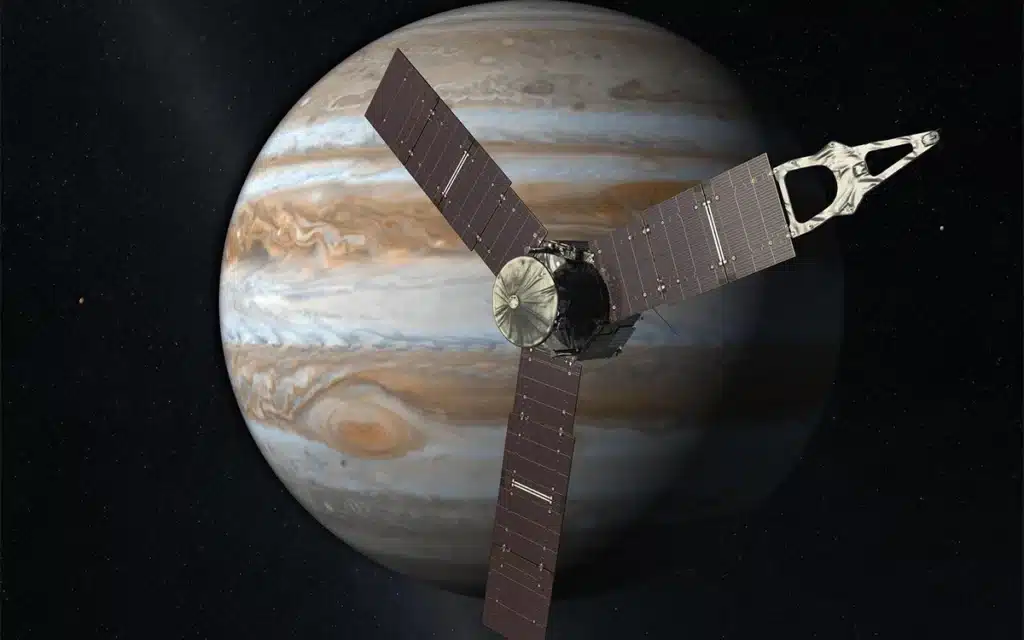
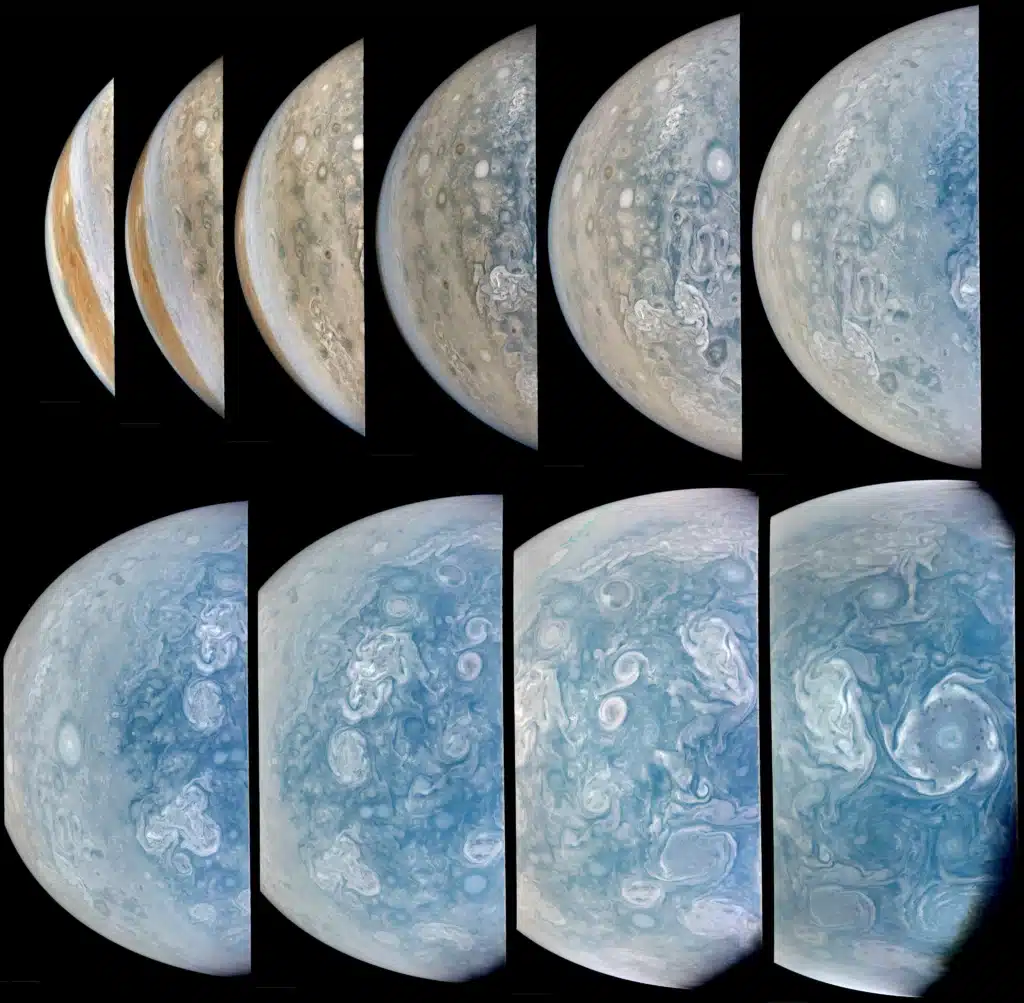
NASA and its plan for Jupiter
Images the JunoCam captures help scientists to understand Jupiter’s weather patterns, changes around its bands and storms, and, of course, the course of its moons.
Juno has so far completed 66 flybys — more specifically, ‘perijoves’ — during its tenure.
During its most recent flyby, the spacecraft flew close to Jupiter’s fifth-largest moon, Amalthea — which is smaller than Earth’s moon (which might get its own time zone, by the way).
These images showed several jellyfish-like formations on the surface of Jupiter.
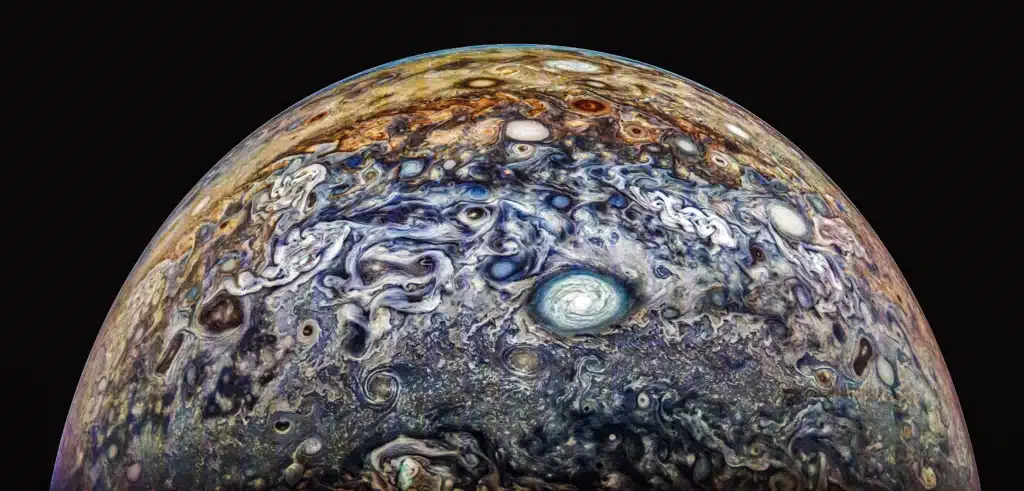
An interesting detail about the raw image data sent by Juno is that it’s all publicly available.
NASA doesn’t even have a dedicated team to process the images, and contributors often volunteer to look at the raw data and upload the processed images on the JunoCam website.
Unfortunately, Juno is nearing the end of its tenure.
Although it still has several more flybys to perform, Juno will be sent to crash on Jupiter in late 2025.
That’s intended, by the way.
This is to avoid the spacecraft interfering with the red giant’s moons, where NASA plans to look for signs of extraterrestrial life.
That said, our interactions with Jupiter will continue for years to come.
What the future looks like
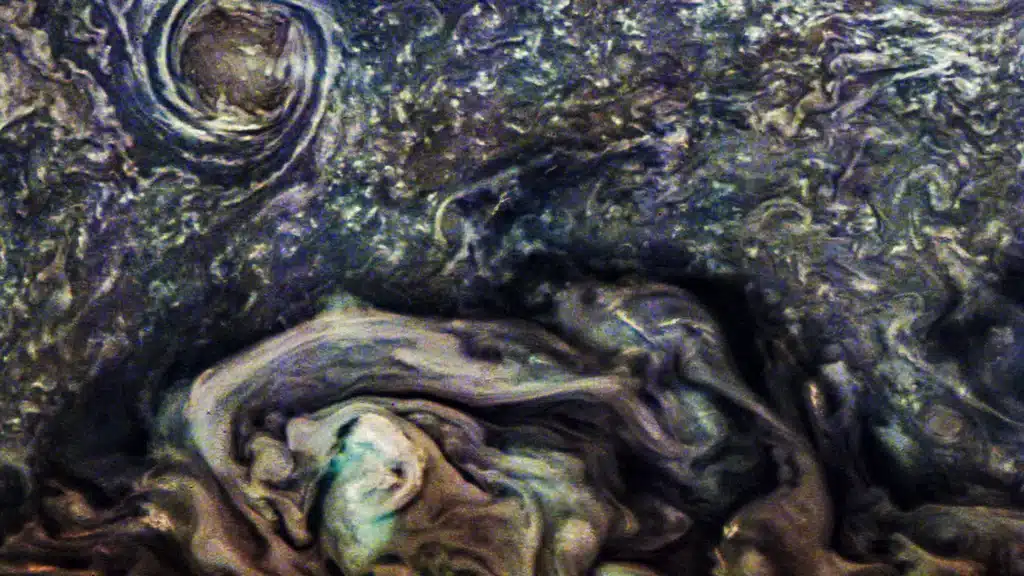
NASA’s latest mission includes the Europa Clipper, created to study the red giant’s moon Europa.
The space agency believes it can find single-celled alien life and habitable conditions beneath Europa’s surface.
Speaking of alien life, there was an alleged ‘message from aliens’ recently, which people are still trying to decipher.
The European Space Agency also launched its JUICE spacecraft last year, which will perform flybys to Jupiter’s moon Callisto 21 times.
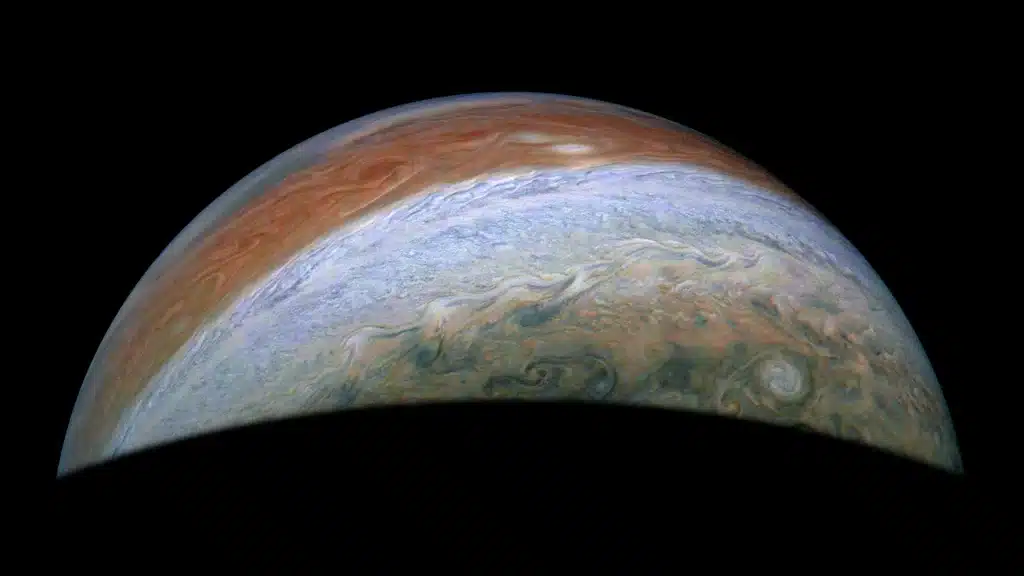
Meanwhile, Elon Musk’s SpaceX is preparing for human missions to Mars, which is progressing at an extraordinary pace.
SpaceX’s Starship recently turned the tide in space exploration, and Starship’s future also seems promising — which Elon Musk is confident about.





